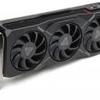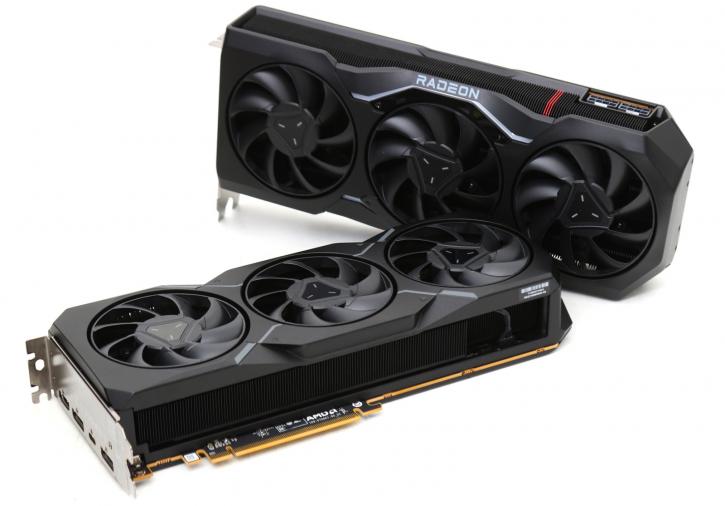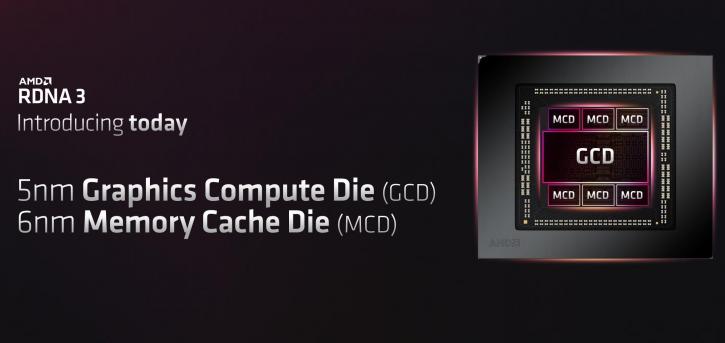Introduction
AMD Radeon RX 7900 XT review
Today we enter the chiplet era for GPUs. The cyber skies have turned crimson red today, as AMD has announced its new RDNA3-based architecture and graphics cards in the form of the Radeon RX 7900 series. The new flagship versions, the Radeon RX 7900 XT and Radeon RX 7900 XTX, are the first gaming GPUs to use chiplets. We have assembled everything we know about the AMD Radeon RX 7900 XT and posted it in this review. Though the RDNA 3 competitor may not be as strong as we previously believed, it will nonetheless hover at 3090 Ti and near 4080 performance levels and thus compete with Nvidia's next-generation GPU lineup. Two cards are launched for the initial launch: the 7900XT and 7900 XTX. Both are based on the Navi 31 GPU, which has RDNA3 architecture and is based on a new chiplet design.
The transition from a single monolithic chip to numerous chiplets is the most noticeable shift in the new Radeon cards. Combining many chips into one harmonious whole is similar to what AMD has been doing with the Ryzen CPUs for several generations. The Navi 31 chip is the foundation for the Radeon RX 7900 XT and XTX. There can be up to seven chiplets on a single die, with the Graphics Compute Die serving as the most prominent and housing all shader processors. In addition to the Infinity Cache and 64-bit memory controller for the GDDR6 memory, these supplementary chiplets, known as Memory Cache Dies, surround the central GCD. The die area of the Navi 31 graphics processor chip is 300 mm2. AMD confirmed that its RDNA 3 graphics processing units (GPUs) have a huge performance boost. AMD will highlight some of the essential parts of the RDNA 3 GPUs, such as:
The RX 7900 XT has a lot of performance claims made by AMD. Ray tracing performance is suggested to be up to 50 per cent better than on the RX 6950 XT, while rasterization performance is expected to be up to 70 per cent better. David Wang, the company's Senior Vice President of Engineering for the Radeon Technologies Group, said that the next-generation GPUs for the Radeon RX 7000 series would be more efficient than the current RDNA 2 GPUs by more than 50% per watt. The Radeon RX 7900 XT and RX 7900 XTX, in both standard and bespoke cards developed by board partners, will be available beginning on December 13. The MSRP for the RX 7900 XT is $899, and the MSRP for the RX 7900 XTX is $999. The RX 7900 XT currently costs 1110 Euros (€), and the RX 7900 XTX costs 1233 Euros (€) at the current exchange rate (including VAT). On the next page, we'll dive a bit deeper into the architecture, after which we'll go full onwards into an in-depth review of AMD's most exquisite offerings.



